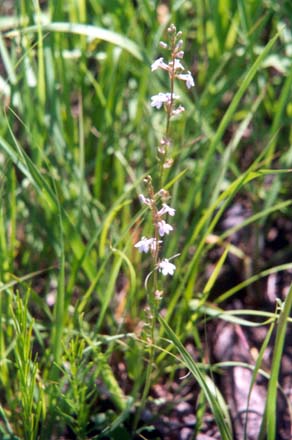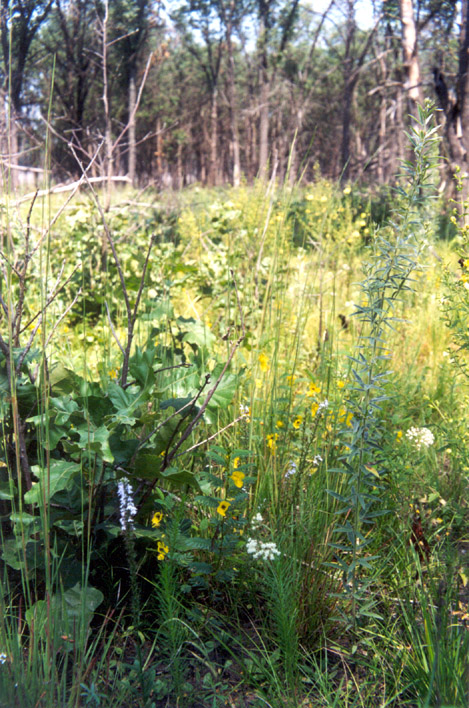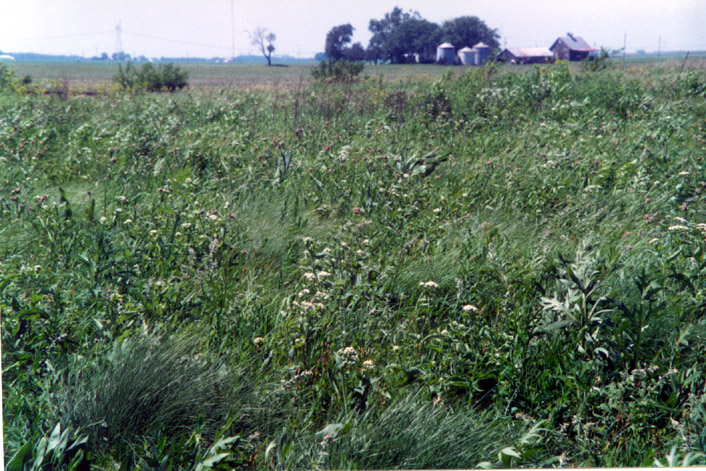Fragmentation of Prairies
Consequences for the Gynodioecious Species Lobelia spicata

The prairie ecosystem of the Midwestern United States are extensively fragmented due to extensive conversion of natural areas to agriculture, urbanization, and urban sprawl. The remaining native species are frequently in smaller and more isolated populations. Theoretical models predict that small populations are strongly influenced by random processes such as genetic drift and not natural selection (a directed process). This change in population dynamics is expected to result in accumulation of deleterious mutations and a loss of genetic diversity. lowered reproductive success. This project examines the mating system (gynodioecious) of Lobelia spicata in prairie remnants of different sizes to determine whether the ratio of flower/sex types in the smaller preserves is skewed in comparison to larger preserves, as is suggested by theoretical models. We are also examining reproductive success, and determine whether there is a relationship between seed set and the ratio of flower types. Poor reproduction in the fragmented habitats can contribute to local extinction of the species. So far the sex ratio is more variable in the smaller populations compared to very large populations. The consequences of the sex ratio variation on the reproductive success and viability of the populations is currently under investigation.
Recently we (done in collaboration with Aaron Warsaw undergraduate student) completed examination of the offspring sex ratio in a greenhouse experiment using sibships from small and large prairies. Results from this research suggests that the sex ratio in smaller populations was more influenced by genetic drift than in the larger populations. This was found to be particular true for genes influencing the restoration of male function.

